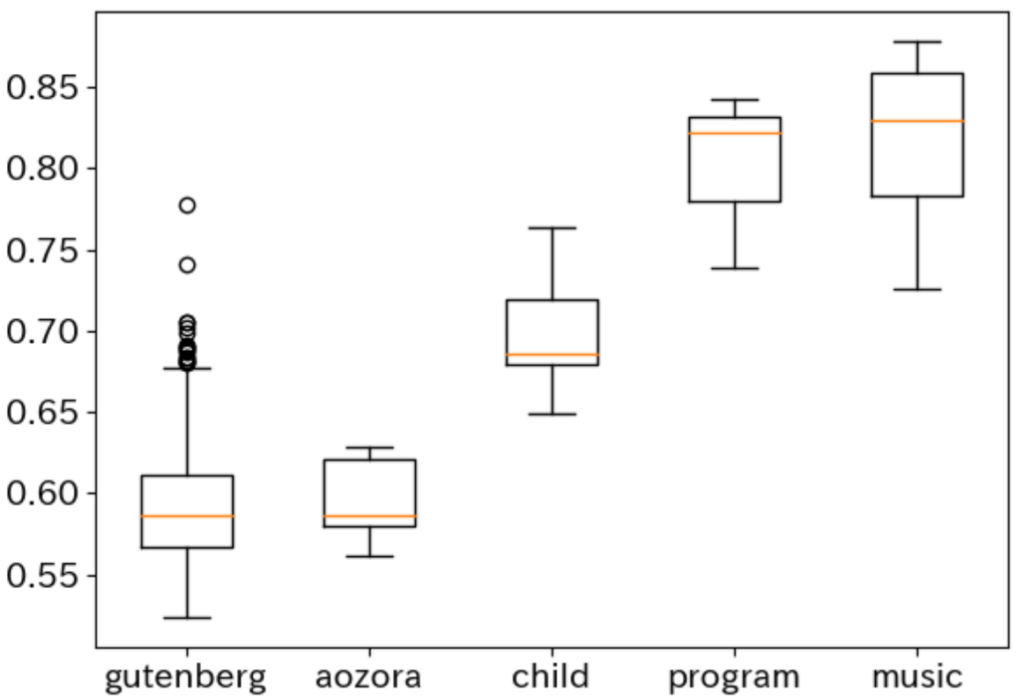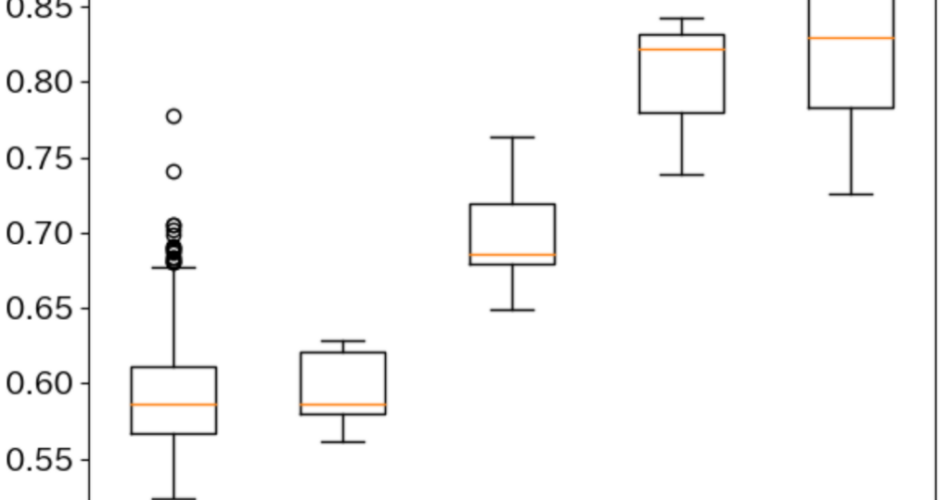How grammatically complex are adults’ utterances as compared with those of children? How is a literary text more structurally complex than a Wikipedia source? How can such complexity be compared with that of a music performance or a programming languages source? In the linguistic domain, one existing, formal way to consider such questions is through the Chomsky hierarchy, which formulates different complexity levels of grammar through constraints put on rewriting rules. While the hierarchy provides qualitative categorization, it cannot serve for quantitatively comparing the structural complexity of time series. We investigate a new way to quantify structural complexity by using metrics based on scaling properties.

References
- Tatsuru Kobayashi, Kumiko Tanaka-Ishii. Taylor’s law for Human Linguistic Sequences. In Proceedings of the 56th Annual Meeting of the Association for Computational Linguistics (ACL), Long Papers. Melbourne, Australia, 2018. p. 1138-1148. [link]
